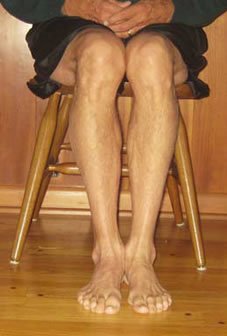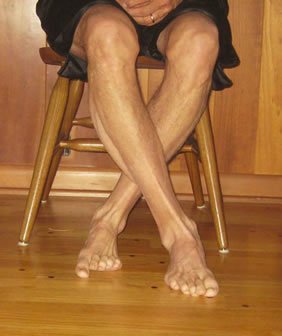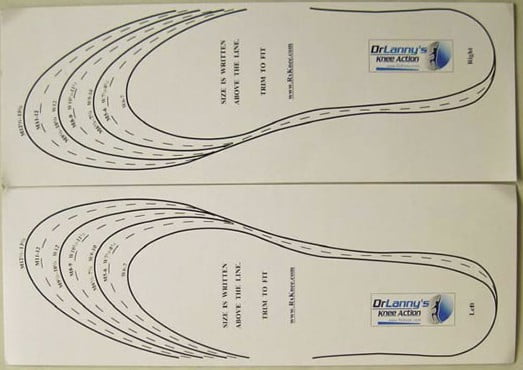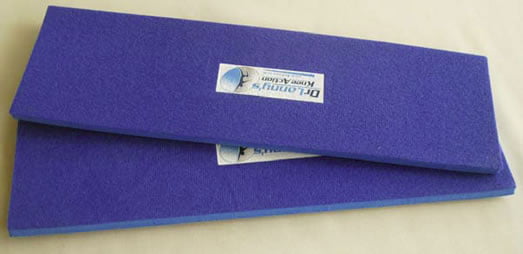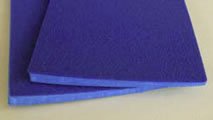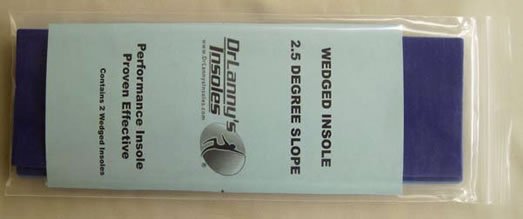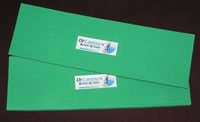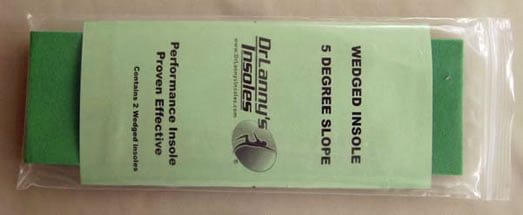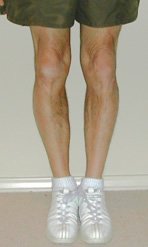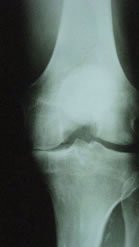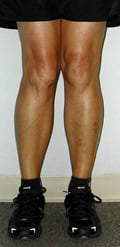The American Academy of Orthopaedic Surgeons recent recommendation on the “Treatment of Osteoarthritis of the Knee”, 2nd edition makes the following statements concerning the use of lateral wedges for medial compartment arthritis of the knee.
It should be noted that there was no consideration given by AAOS or the references to the necessary inclusion criteria of subtalar motion and knee joint ligament compliance.
RECOMMENDATION 5
We cannot suggest that lateral wedge insoles be used for patients with symptomatic medial compartment osteoarthritis of the knee. Strength of Recommendation: Moderate
Description: Evidence from two or more “Moderate” strength studies with consistent findings, or evidence from a single “High” quality study for recommending for or against the intervention. A Moderate recommendation means that the benefits exceed the potential harm (or that the potential harm clearly exceeds the benefits in the case of a negative recommendation), but the quality/applicability of the supporting evidence is not as strong.
Implications: Practitioners should generally follow a Moderate recommendation but remain alert to new information and be sensitive to patient preferences.
RATIONALE
This recommendation is based on five studies. Four studies, one of high-strength and three of moderate-strength, compared outcomes using lateral wedge insoles to neutral insoles. No significant changes in pain, self-reported physical function, or Patient Global Assessment scores were seen between the two types of insoles. A fifth low-strength study compared urethane lateral wedge insoles to rubber lateral insoles, and found a statistically significant improvement in Lequesne score for urethane insoles, but this outcome was of uncertain clinical significance.
Treatment of Osteoarthritis of the Knee, 2nd edition
SUMMARY OF RECOMMENDATIONS
This summary of the AAOS clinical practice guideline, “Treatment of Osteoarthritis of the Knee” 2nd edition, contains a list of the evidence based treatment recommendations and includes only less invasive alternatives to knee replacement. Discussion of how each recommendation was developed and the complete evidence report are contained in the full guideline at www.aaos.org/guidelines. Readers are urged to consult the full guideline for the comprehensive evaluation of the available scientific studies. The recommendations were established using methods of evidence-based medicine that rigorously control for bias, enhance transparency, and promote reproducibility.
This summary of recommendations is not intended to stand alone. Medical care should be based on evidence, a physician’s expert judgment and the patient’s circumstances, values, preferences and rights. For treatment procedures to provide benefit, mutual collaboration with shared decision-making between patient and physician/allied healthcare provider is essential.
www.aaos.org/Research/guidelines/OAKSummaryofRecommendations.pdf


